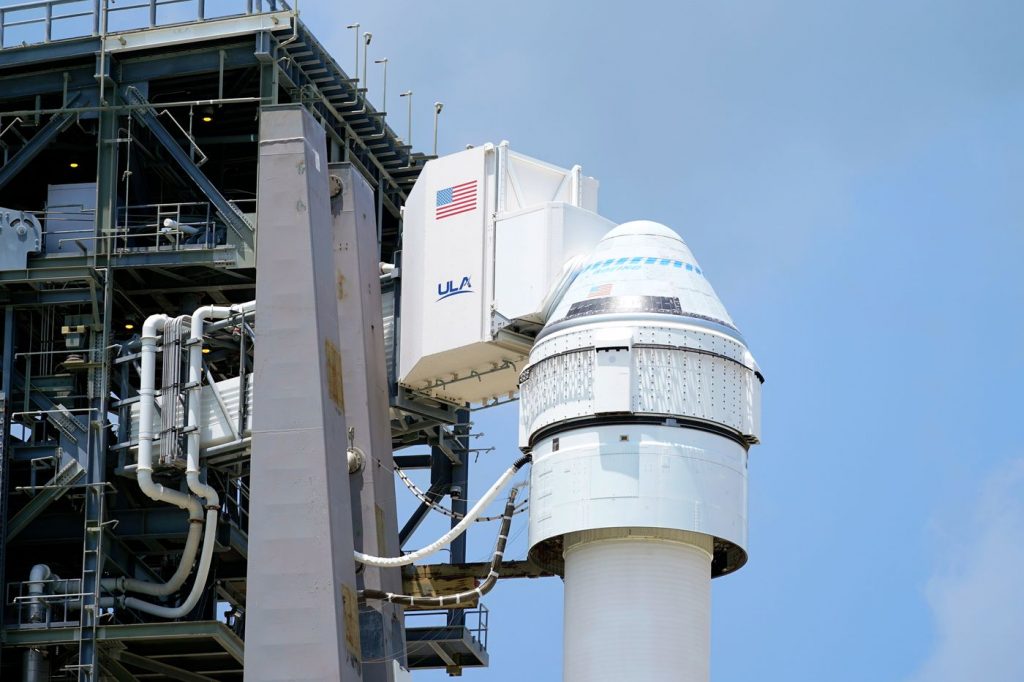The end of the Boeing game? In the industrial-led space race, the American is anyway dangerously behind schedule, and it’s not about to end. The second unmanned test flight of its Starliner space capsule was scheduled for March 2021, then April, then July, and then early August, and was ultimately not made.
On the evening of Friday, August 13, as a last resort, Boeing decided to separate the capsule of the Atlas V rocket that it was scheduled to carry into space to return to the factory. Given this fall’s launch schedule at Cape Canaveral, moving the Starliner to the launch pad before the end of the year appears to be in jeopardy. This puts at least six months away from the first possible manned flight, which was tentatively scheduled for early 2022.
A project that was selected in 2014 and did not succeed
Boeing was selected in 2014 by NASA to develop future taxis for the International Space Station (ISS), at the same time as its rival SpaceX. This was to ensure that sending American astronauts, to replace the Shuttle, ceased in 2011. Contract with Boeing, an industrialist already heavily involved in the US space program, amounted to $4.2 billion. SpaceX, a newcomer at the time, only earned $2.6 billion.
However, after nearly ten years, only SpaceX’s spacecraft has flown. Since May 2020, Elon Musk has already provided three manned courses with the International Space Station, with ten astronauts, including Frenchman Thomas Pesquet. The Boeing Starliner has yet to complete an unmanned test flight. The first, and so far unique, charge of the space capsule dates back to December 2019, and it didn’t work out.
About thirty minutes after liftoff, the spacecraft had put itself into the wrong orbit, missing its appointment with the International Space Station. More dangerous, Fatal error In the computer program it must be urgently corrected by the ground teams…themselves are affected by a problem with the vehicle’s controls!
This error may have caused a collision between the capsule, where the crew will eventually be located, and the service unit, the part that contains various electrical equipment. This part is usually separated and then burned in the atmosphere when the crew returns to Earth.
Unresolved valve problem
Clearly, a narrowly avoided space disaster led Boeing and NASA to conduct a second unmanned experiment. Unfortunately, this second Starliner attempt couldn’t leave the firing point. This time it is the thrusters responsible for the turning and emergency maneuvers that have failed.
→ analysis. Richard Branson and Jeff Bezos go on vacation… into space
More precisely, the valves responsible for opening to supply these thrusters stubbornly remain in the closed position. Several interventions in early August succeeded in loosening the majority of the valves, but four remained blocked. Without Boeing or NASA being able to determine the cause of the problem.

“Music guru. Incurable web practitioner. Thinker. Lifelong zombie junkie. Tv buff. Typical organizer. Evil beer scholar.”






More Stories
A large manufacturing project awaits space in the industrial zone
According to science, here are officially the two most beautiful first names in the world
Green space, 100% pedestrianized: DIX30 reinvents itself